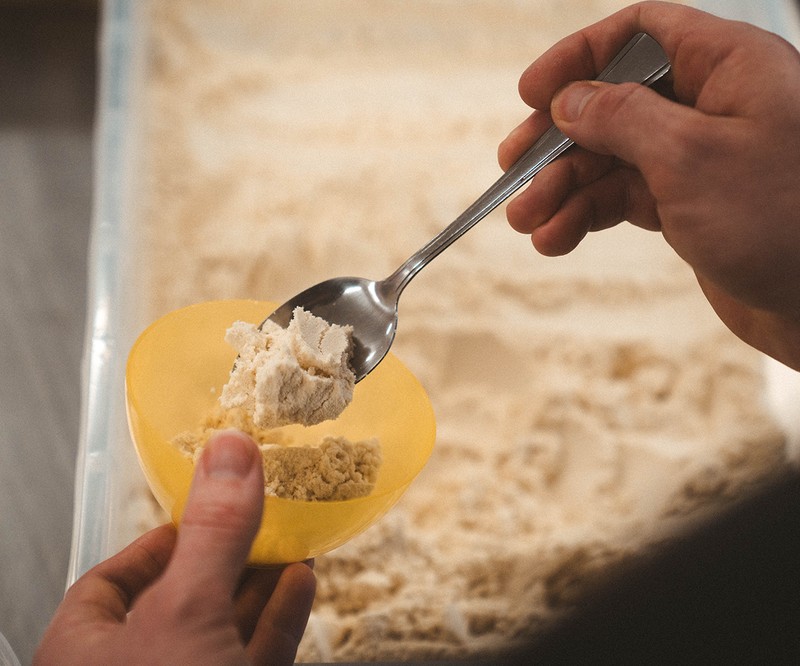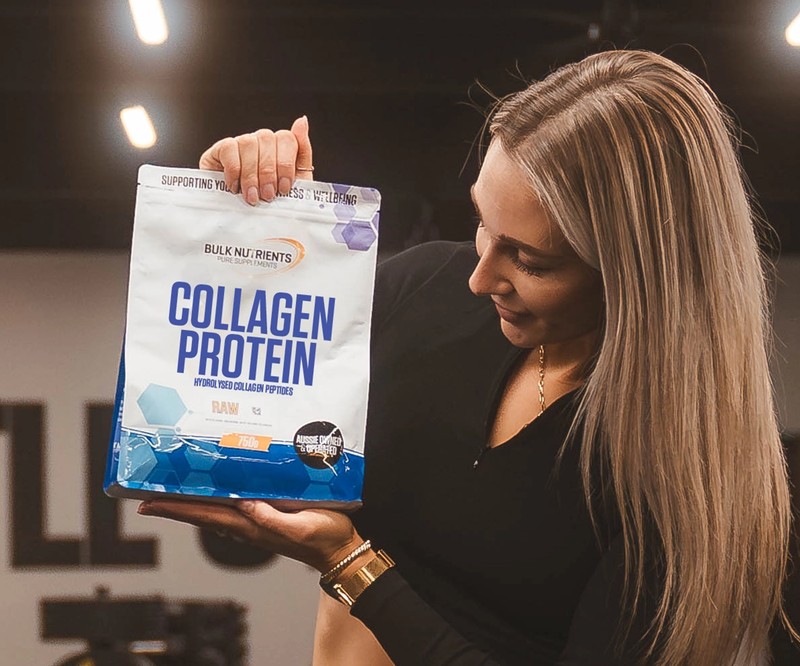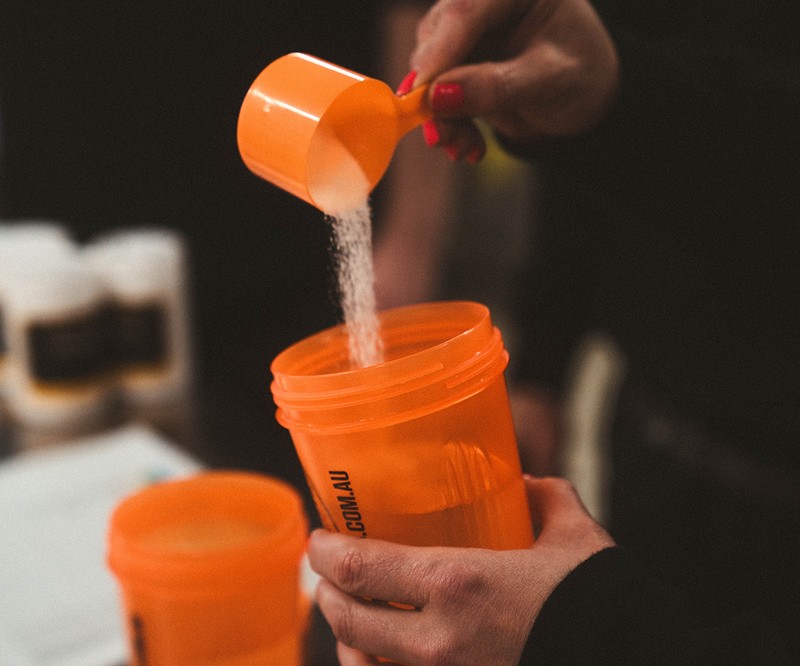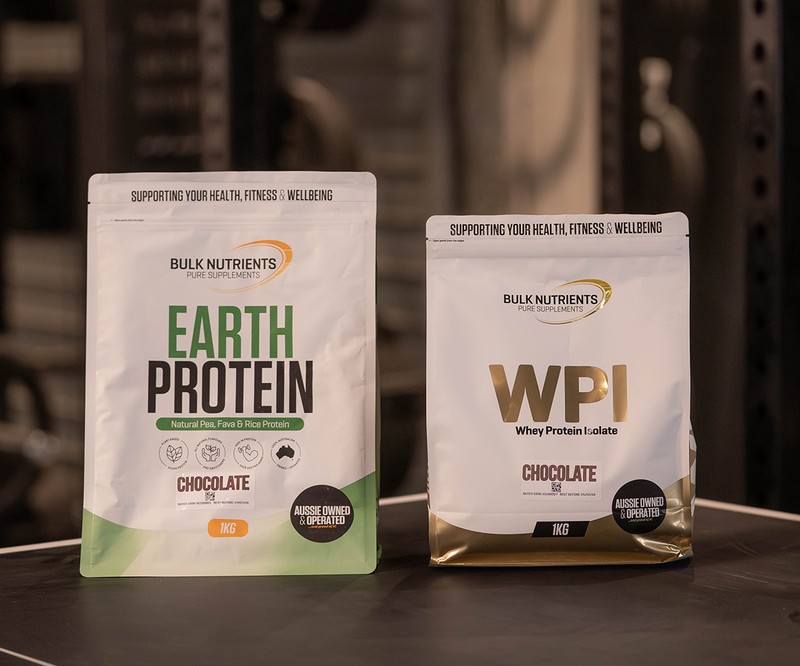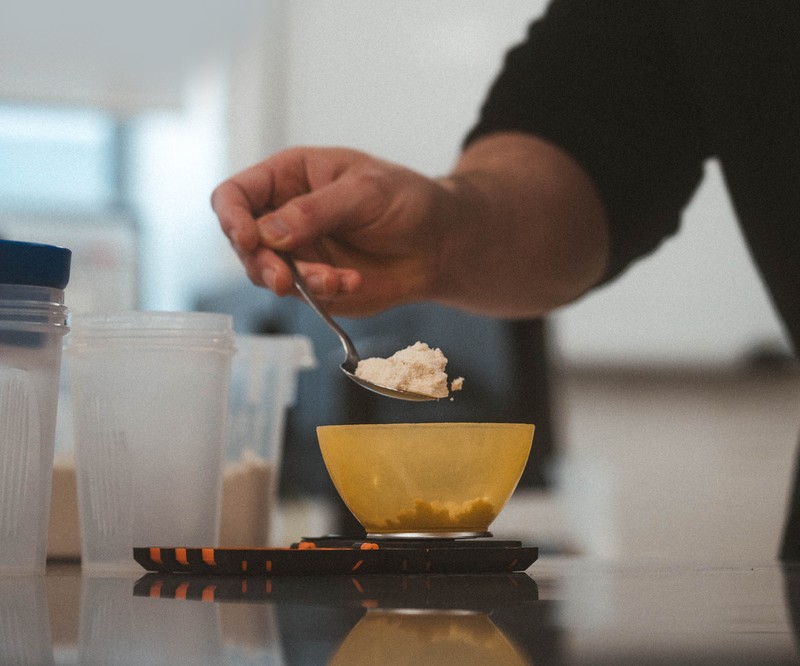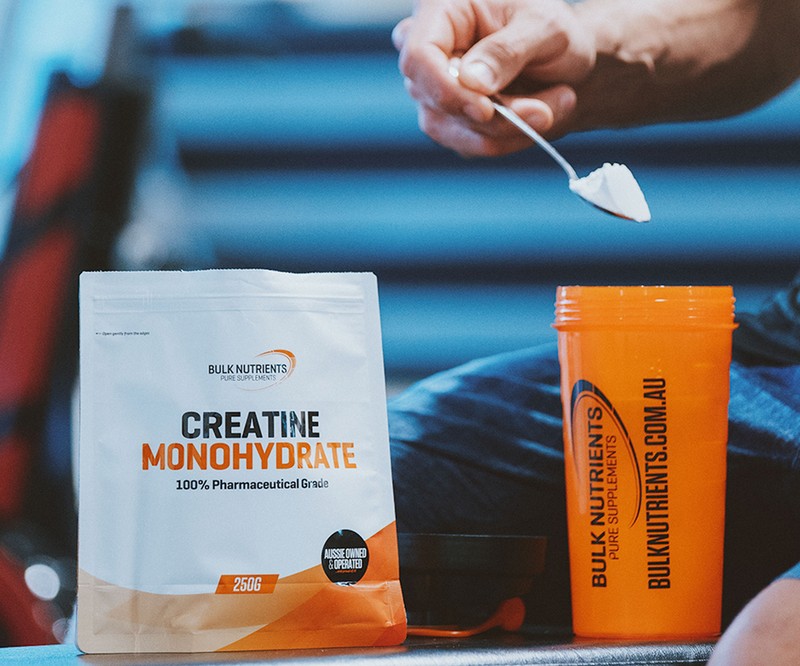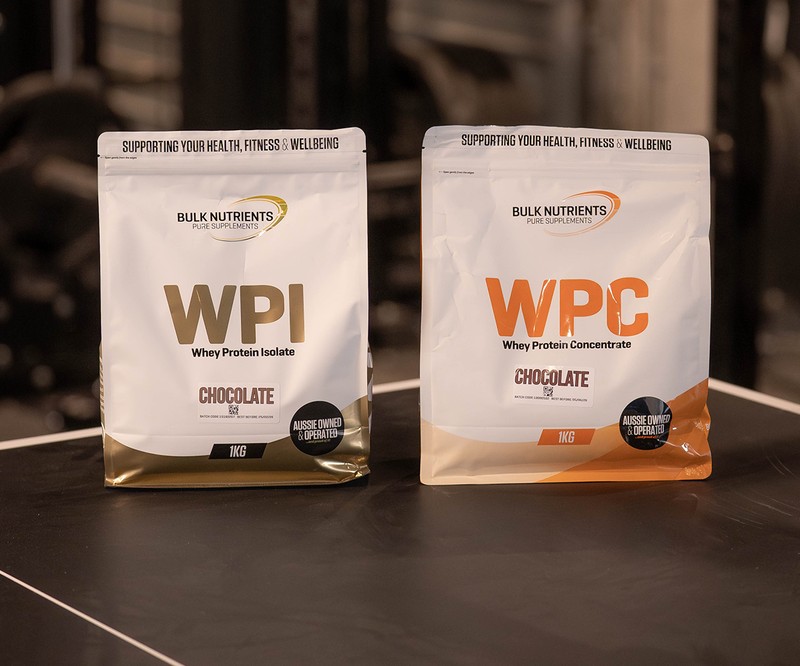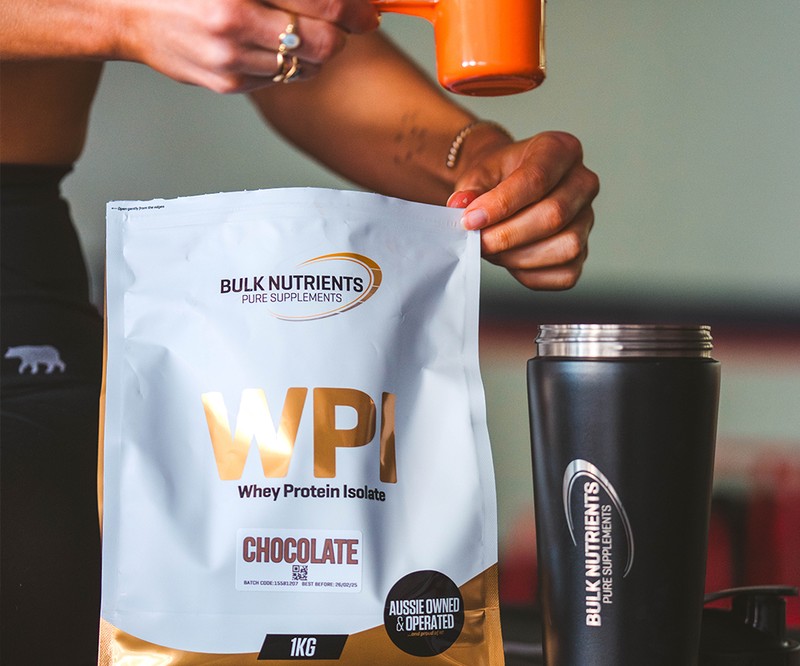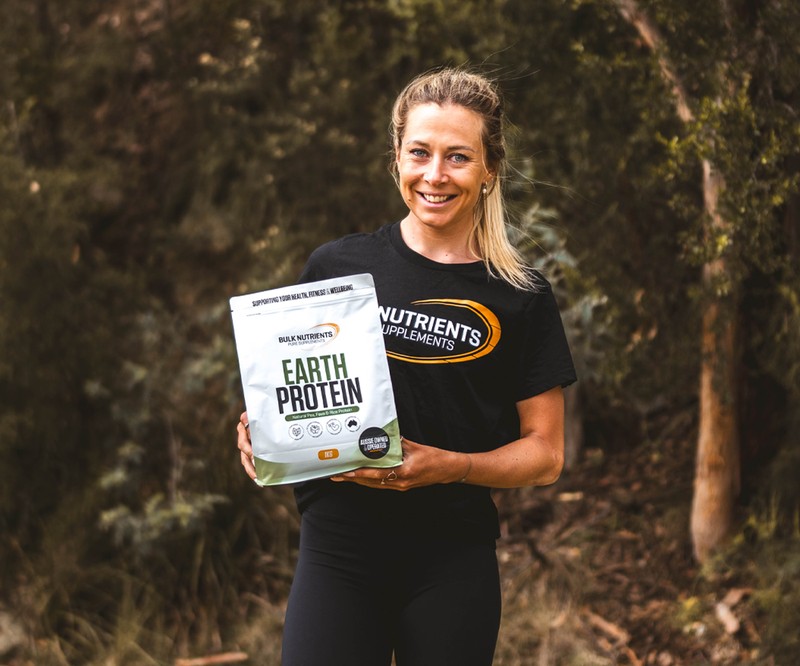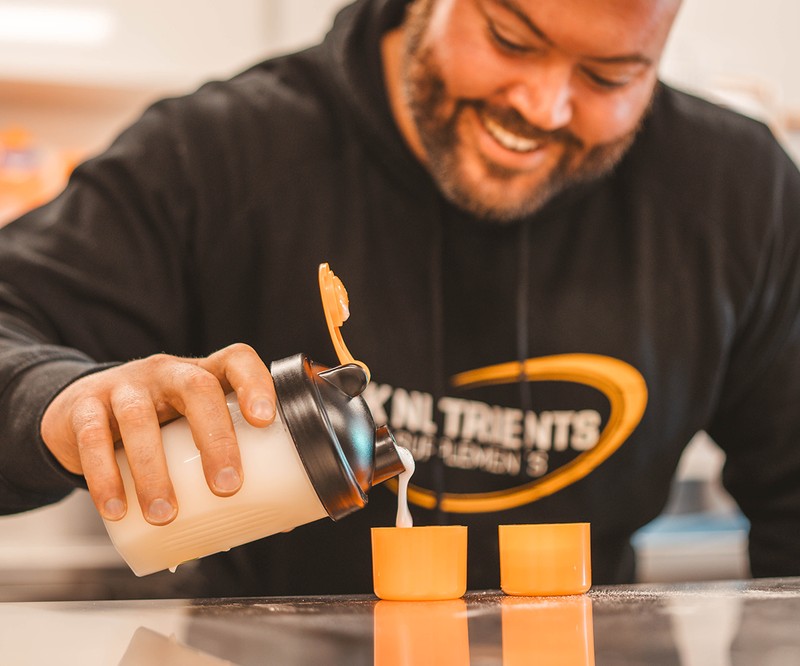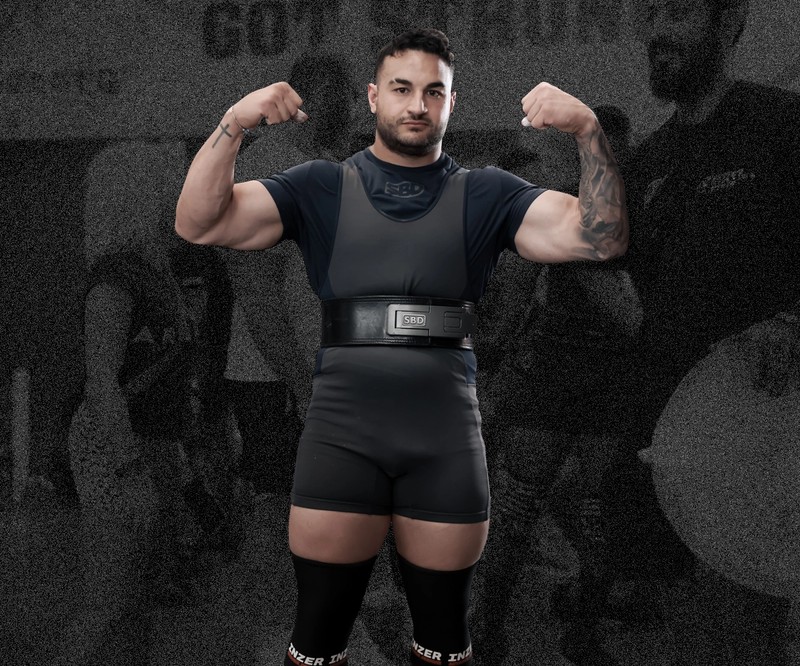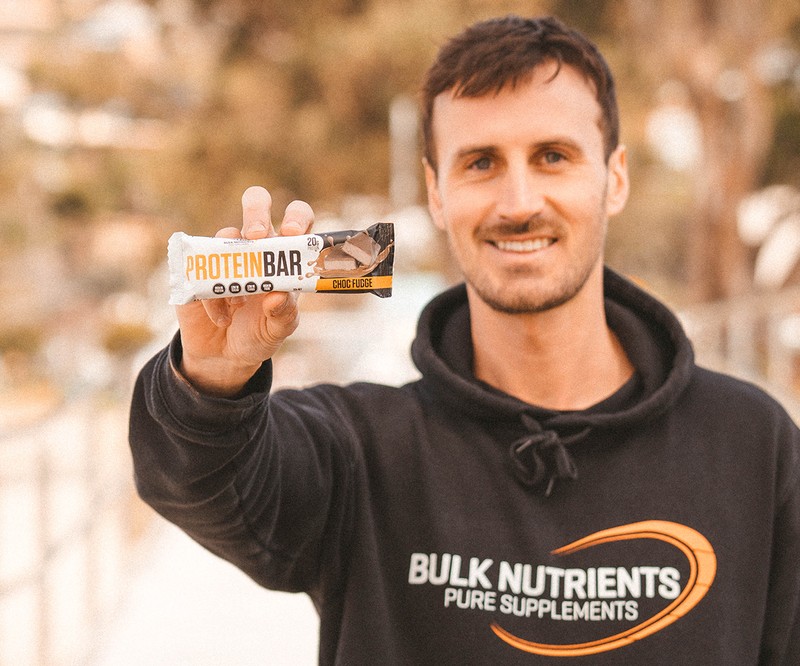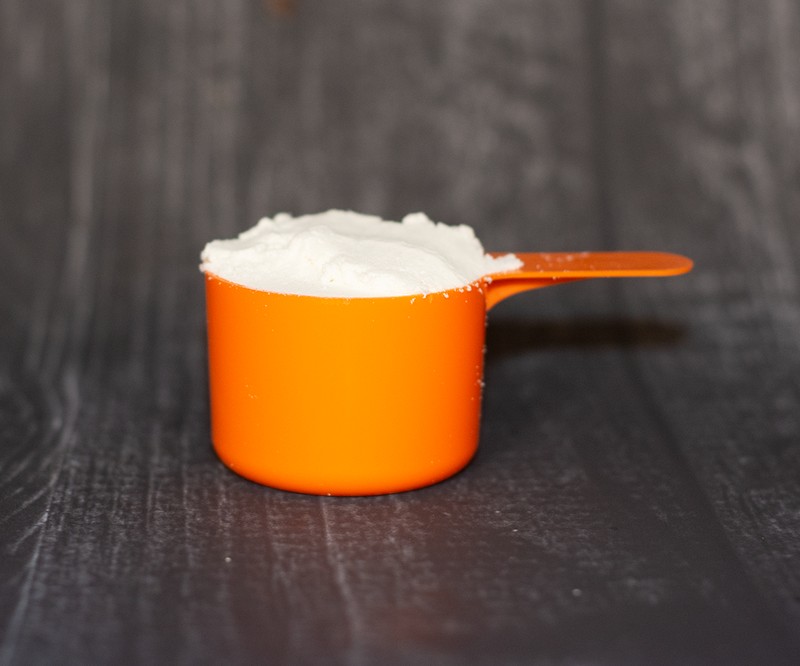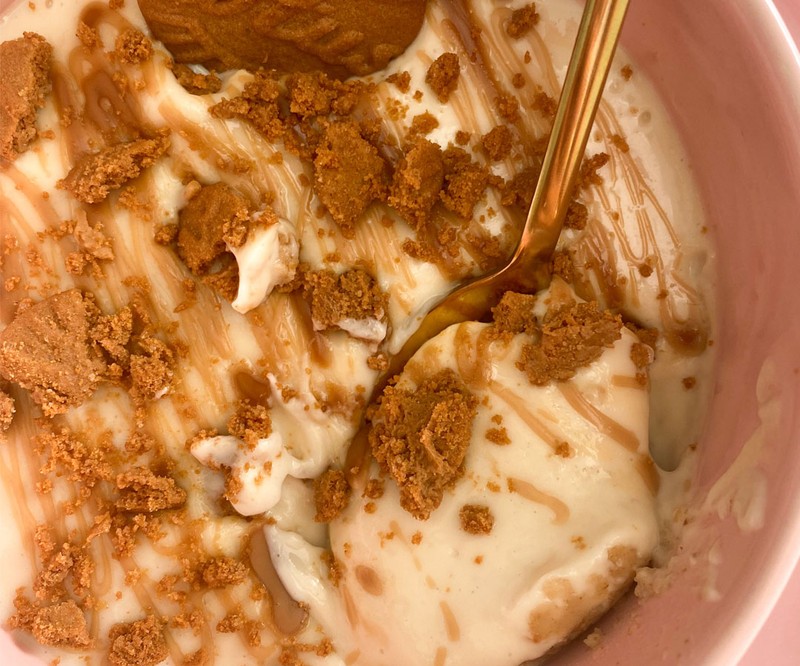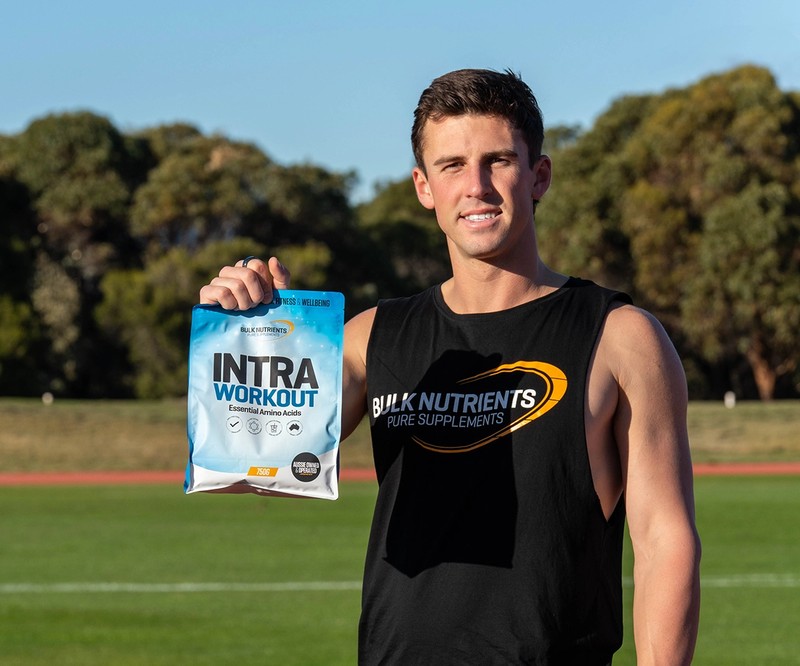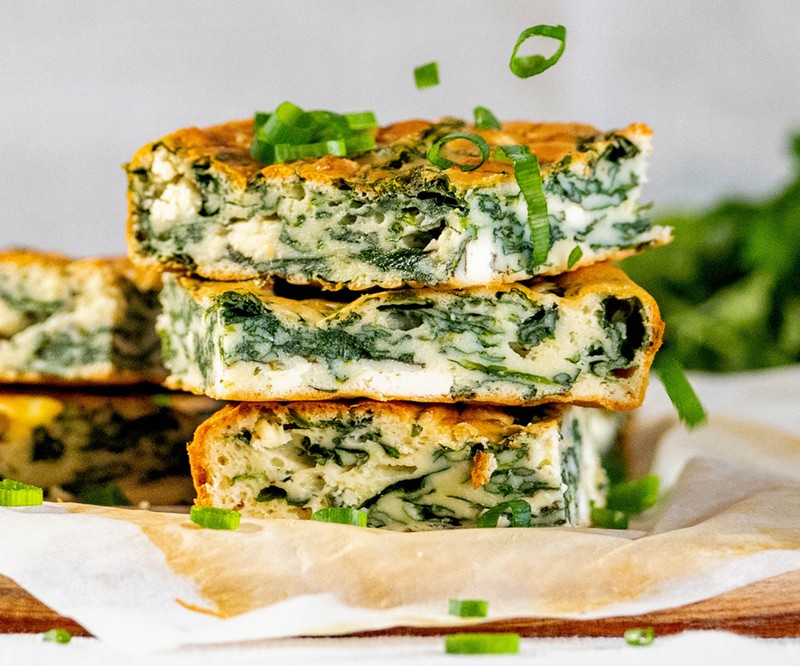How to Have a High-Calorie Weekend Meal and Still Lose Weight
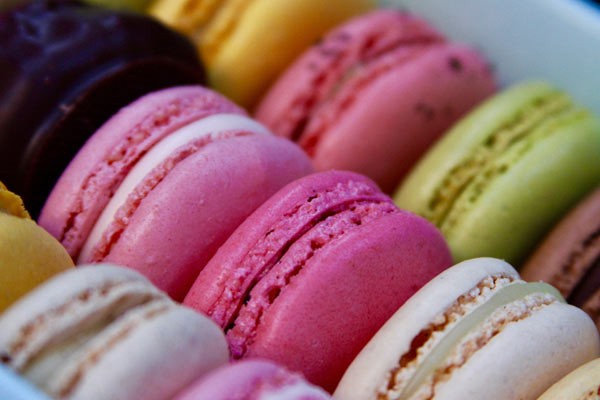
How to lose weight easily: Allow for a flexible approach
The first mistake people make with their diets is to adopt an approach that is too restrictive. For example, eating chicken and broccoli for nearly every meal, and having "no sweets no matter what." You've heard it all before. You've probably tried this approach yourself.
Now it starts well; you lose weight rather quickly and people notice. So you keep going. But then you inevitably fail because you're not tracking your macros and your body fights to make up the energy gap you've created. We're talking about the large deficit you've created for yourself by eating only very low calories foods. Then you stack the weight back on again.
Here's what the fat loss industry is hoping you don't find out: weight loss is a long game.
By this, we mean: turning up every day and eating in a 500 calorie deficit for weight loss, so you can accumulate a 3500 calorie deficit over a week. This means you'll lose roughly half a kilo every week.
And given a stack of alcohol, pizza and burgers can add up to at least 500-1000 calories, this surplus puts you back precisely two days (given a daily deficit might be 500 calories or more on an extreme approach).
So the trick is to still eat the food you want whilst staying mainly in a calorie deficit, or at least, at "maintenance calories" (which is eating the same amount of calories you burn every day).

Fat loss tips: How to gorge on food and still lose weight
Here's a hypothetical: Bulk Nutrients customer Ashley is on a fat loss diet. How we decipher her protein, carbohydrates, and fat are beyond the scope of this article, but Ashley would need to set her deficit at 20% for fat loss (which generally equates to roughly a 500 calorie deficit). If Ashley's TDEE (total daily energy expenditure) was 2500 calories, her fat loss diet would need to be set to 2000 calories. So it would look like the below:
Protein = 197 grams (788 calories)
Fat = 68 grams (612 calories)
Carbohydrates = 150 grams (600 calories)
TOTAL = 2000 calories.
Now here's where Ashley can go wrong: she eats her 2000 calories, or even 1500, then goes out for a big meal and drinks in the evening. Naturally, given her maintenance calories are at 2500, that means she has 1000 calories to consume before she ends up in a calorie surplus and fat gains begin. And when there's plenty of drinks on the table, a high-calorie dinner, dessert, and more food on the way home -- these 1000 calories disappears quickly!
Weight loss hack? Strategic flexible dieting for losing belly fat
So here's what Ashley needs to do to prevent weight gain as best she can: focus on a low-calorie high protein diet on the day she knows she's going out for a potentially high-calorie night.
Her focus will be satiety for as few calories as possible. And guess which macronutrient is the best for this? Protein. Furthermore, when you consume protein, (for example, a lean piece of kangaroo) your body expends 30% of the calories from the protein in the digestion process. So, if your kangaroo contains 100 calories from protein, you only absorb 70 calories.
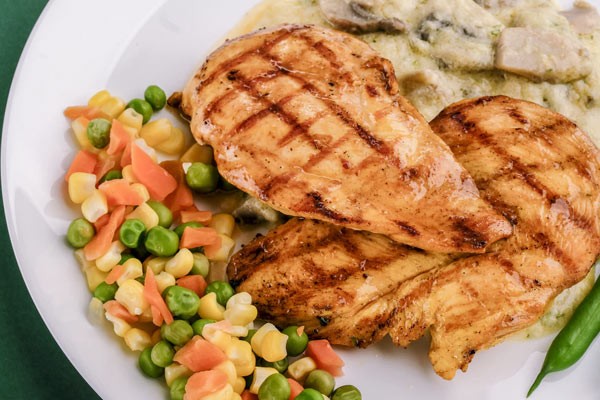
Order the lean protein option
Now we know that lean protein sources are our best strategy ahead of a night out, let's take a look at Ashley's hypothetical menu:
- Whey protein powder
- Kangaroo
- Barramundi or canned tuna
- Egg whites
- Turkey
- Chicken breast
- Beef jerky
Let's fit this into a real-world example for Ashley. She's going out tomorrow night. So the strategy would look something like this:
- She does her daily workout as usual.
- She consumes LIMITED fat and carbohydrates (fat is 9 calories and carbohydrates are 4 like protein but with a lower thermogenic effect). She then eats only the previously mentioned lean protein sources.
- She eats green vegetables because the fibre will help her stay full.
Ashley should aim for about 20 grams of carbohydrates and as little fat as possible on these days, which is ultra-low. That equates to 2 pikelets, 1 banana, or 1 slice of bread to give you an idea.
The point of this is for Ashley to save as many calories for the night ahead, and put her in a position where she doesn't go way overboard and put herself back a few days.
So, her sample day eating ahead of her night out might be:
- Breakfast: Whey protein powder, black coffee (splash of milk if you like).
- Lunch: Egg whites/Barramundi or canned tuna/Chicken/Kangaroo/ with 2 cups of spinach.
- Dinner: Out with her friends.
And Ashley can change her lean protein sources from breakfast to dinner and as much as she wanted week to week.
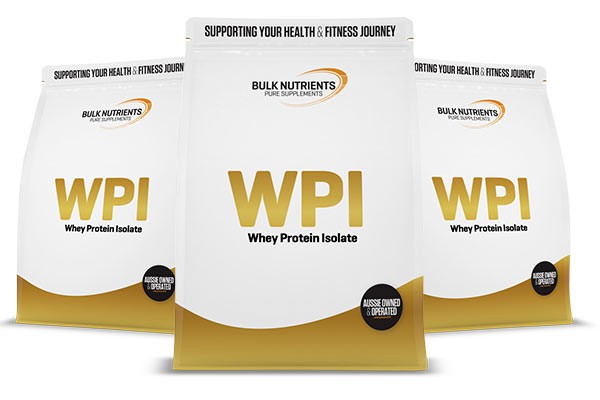
Now this sample day above would equate to roughly 400-650 calories, and mostly from favourable protein. Given Ashley's TDEE (thus, maintenance calories) are 2500, she has roughly 2000 calories to consume at night before she starts gaining fat and putting herself back. That's double compared to what she had with her previous approach!
Sources of protein that aren't low in fat, that Ashley should steer clear of in this context, are:
- Beef mince
- Fried chicken
- Porterhouse steak
- Lamb
- Pork Belly
- T- Bone steak
- Ribeye steak
Now let's be clear, there's nothing "wrong" with these wonderful protein sources! Ashley just needs to avoid them in this context because of the high-fat content and thus additional calories.
So try this strategy ahead of your next night out, to ensure you don't put yourself back as easily as so many people do. It may just stop you from going round in circles wondering why you can't lose fat as quickly as you'd like!
References:
- Hall KD. What is the required energy deficit per unit weight loss?. Int J Obes (Lond). 2008;32(3):573-576. doi:10.1038/sj.ijo.0803720
- Hervik AK, Svihus B. The Role of Fiber in Energy Balance. J Nutr Metab. 2019;2019:4983657. Published 2019 Jan 21. doi:10.1155/2019/4983657
- Maclean PS, Bergouignan A, Cornier MA, Jackman MR. Biology's response to dieting: the impetus for weight regain. Am J Physiol Regul Integr Comp Physiol. 2011 Sep;301(3):R581-600. doi: 10.1152/ajpregu.00755.2010. Epub 2011 Jun 15. PMID: 21677272; PMCID: PMC3174765.
- National Research Council (US) Committee on Diet and Health. Diet and Health: Implications for Reducing Chronic Disease Risk. Washington (DC): National Academies Press (US); 1989. 6, Calories: Total Macronutrient Intake, Energy Expenditure, and Net Energy Stores. Available from: ncbi.nlm.nih.gov/books/NBK218769/
- Soenen S, Westerterp-Plantenga MS. Proteins and satiety: implications for weight management. Curr Opin Clin Nutr Metab Care. 2008;11:747–751. doi: 10.1097/MCO.0b013e328311a8c4.
- van Baak MA. Meal-induced activation of the sympathetic nervous system and its cardiovascular and thermogenic effects in man. Physiol Behav. 2008;94:178–86.
- Wilmshurst P., Crawley J. C. W. The measurement of gastric transit time in obese subjects using Na and the effects of energy content and guar gum on gastric emptying and satiety. British Journal of Nutrition. 2007;44(1):1–6. doi: 10.1079/bjn19800003.
Related Blogs

What Is NEAT and How Can It Help Me Lose Weight?
Posted by Bulk Nutrients
Estimated reading time: 6 minutes

Your weekend splurge didn't cause much fat gain
Posted by Bulk Nutrients
Estimated reading time: 5 minutes

